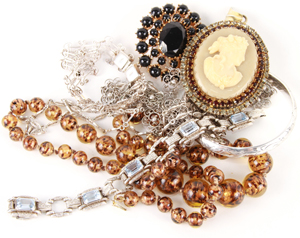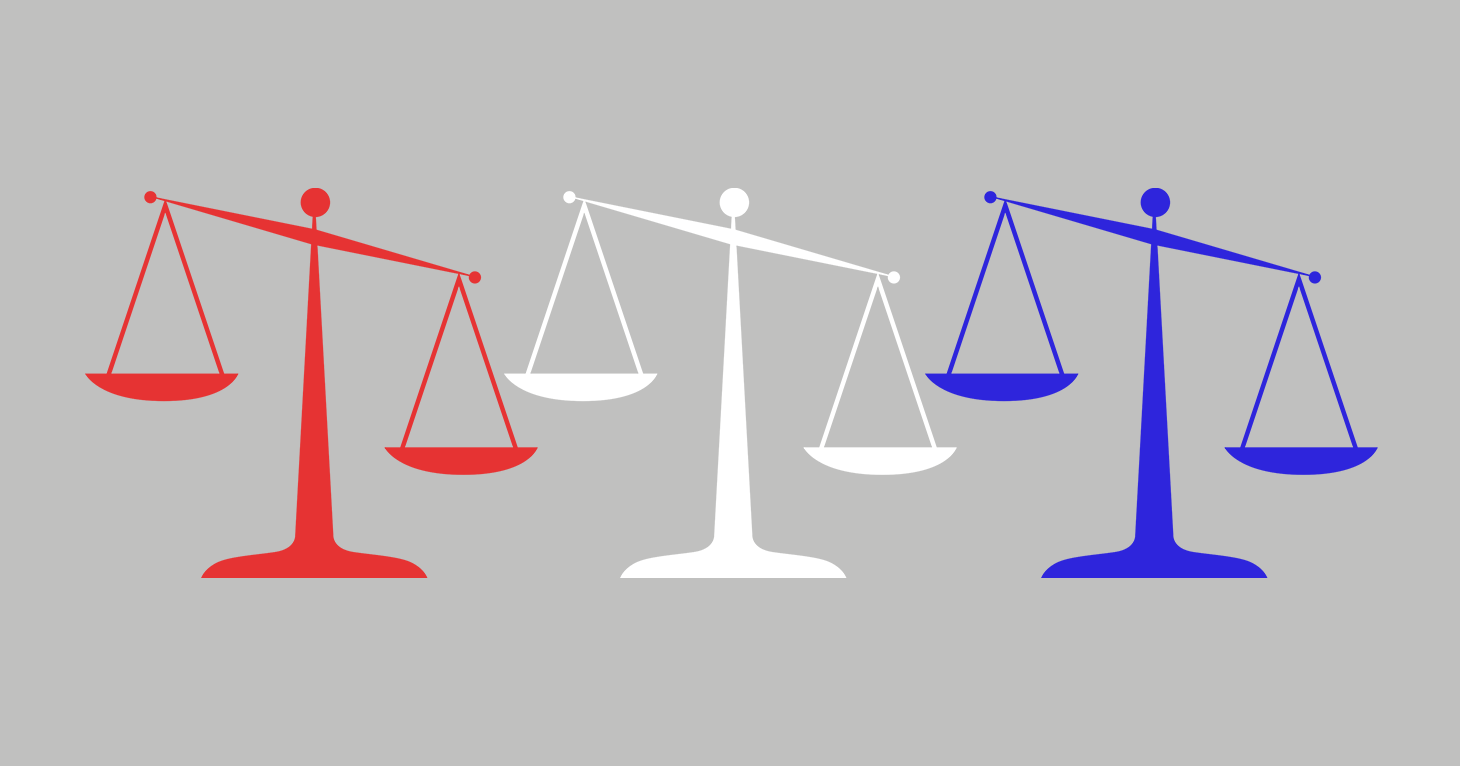
The Cost of Doing Business
Comparing the amount companies agree to pay to settle deceptive marketing charges with their annual revenue.
 What do jewelry and art have in common? They both are easily subject to particular types of deceptive advertising.
What do jewelry and art have in common? They both are easily subject to particular types of deceptive advertising.
Here’s a look at five kinds of advertising deception to watch for when buying art and jewelry:
1. Value: A consumer is misled into thinking a particular necklace or sculpture is worth more than it is.
2. Authenticity: Advertising an “original” Monet, when all you have is a copy or a counterfeit imitation. Or telling consumers that they’re getting true diamonds, when all they’re really getting is cubic zirconia.
3. Origin: A buyer is told a pair of earrings was made in France, when, in reality, it was made in the back of a shop in Ohio.
4. Rarity: A salesperson boasts that a certain photograph is one of only 10 ever taken by a famous photographer, when, in fact, thousands more exist.
5. Production: Telling consumers that a bracelet was hand-made, when it was really machine-made.
Want to avoid the scams? Here are a few tips:
Comparing the amount companies agree to pay to settle deceptive marketing charges with their annual revenue.
From “Belgian” chocolates made in the U.S. to knockoff engagement rings, be wary of these roadblocks to love.
FTC finalizes its Made in USA Labeling Rule.

